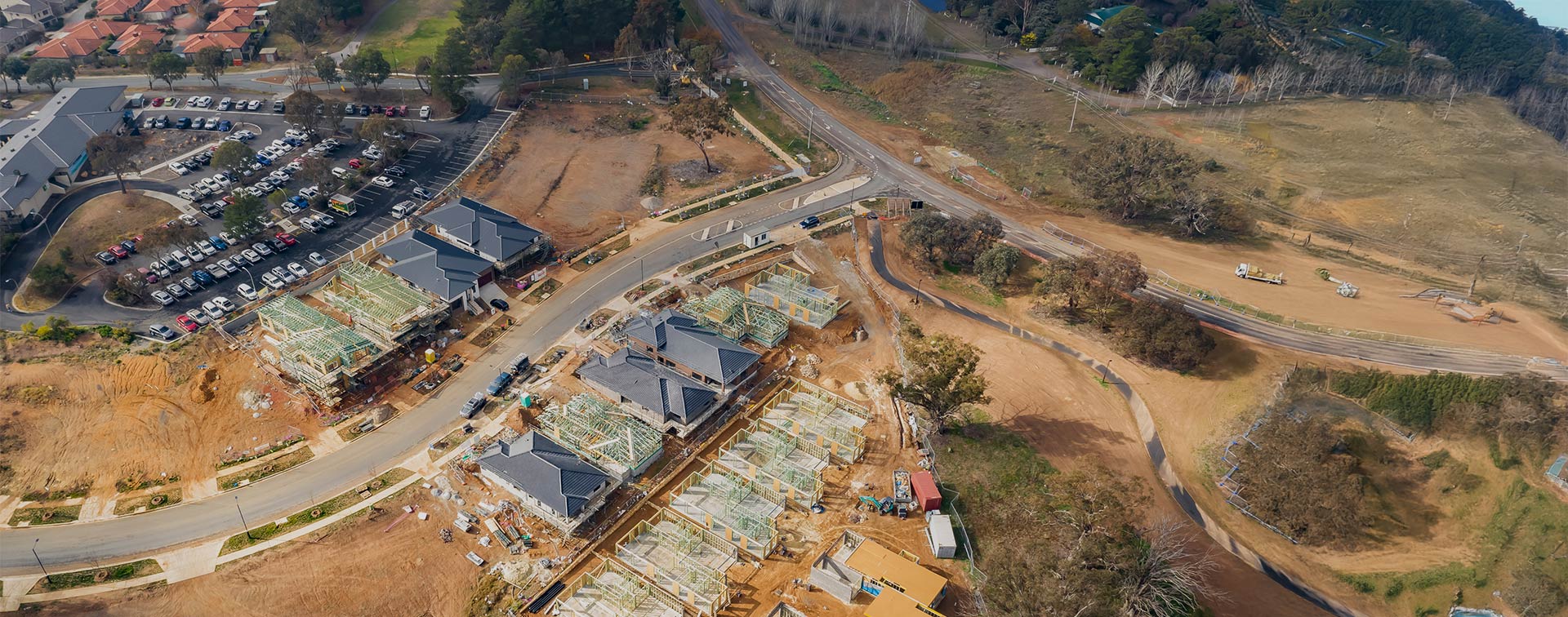For many of our customers in the industrial cleaning services industry, the tipping point usually comes after a big job goes sideways. A crew gets sent to the wrong site. The industrial floor polisher no one’s claimed goes missing just when it’s needed. Supplies like bulk degreasers or microfibre pads are mysteriously out of stock. And the client? Let’s just say their frustration levels are higher than the windows you’re supposed to be cleaning.
It’s moments like these that force Field Service Managers to take a hard look at their systems—or lack of them.
When Things Hit the Fan
We hear this story all the time. A Field Service Manager is caught in the daily grind of managing multiple cleaning teams across locations. There’s always a last-minute request, an unexpected absence, or a site that isn’t ready when your team arrives. You’re constantly reshuffling schedules.
Then there’s tracking service performance metrics—something you know is important, but when the team is spread across five different sites, finding the time to assess how everyone’s doing feels impossible. Are jobs being completed on time? Are quality standards being met? It’s all a bit of a mystery.
And let’s not forget job dispatching. It’s not just about getting the crew to the right site—it’s ensuring they know what needs to be done and have the right equipment and supplies.
There’s always a last-minute request, an unexpected absence, or a tool missing.
A Smarter Way Forward
The Field Service Managers who’ve cracked this nut all point to the same thing: a single connected system. It’s not about juggling a dozen apps that don’t talk to each other—it’s about having one platform where everything lives.
Here’s what that looks like:
1.
Get the right crew to the right site, with real-time updates for any changes.
2.
Ensures jobs are completed on time and teams deliver the expected quality.
3.
Becomes second nature with drag-and-drop scheduling tools that make reshuffling jobs simple.
4.
5.
So your clients aren’t chasing you for updates, and invoicing happens without a hitch.
6.
Then you’re not relying on “he said, she said” to figure out what’s gone wrong.
And most importantly? You’ve got the headspace to focus on the bigger picture—your customers, your crew, and your career.
Stories from the Industry
Do a little research, and you’ll find the field service industry is already buzzing with innovation. Robots aren’t a thing of the future—they’re here now. Companies like Tennant Australia are paving the way with floor-scrubbing vehicles and robots, complete with AI capabilities. They pitch it as “working smarter, not harder,” which sounds great—until you realise every machine comes with its app or API.
Suddenly, instead of simplifying operations, you’ve got a dozen apps that don’t talk to each other, turning efficiency into a headache. This is where centralising systems becomes a lifesaver, connecting all these moving parts into one easy-to-manage platform that works with your field service logistics instead of against them.
In Melbourne, some leading cleaning firms are making transparency their calling card. They’re using GPS-validated records to track time, attendance, and completed tasks, feeding live updates into client portals.
This level of visibility isn’t just good for customer confidence—it’s helping these firms raise the bar for hygiene standards across the city.
And it doesn’t stop there. These companies are teaming up with organisations like the Facility Management Association (FMA) to elevate the industry as a whole. By focusing on innovation, transparency, and accountability, they’re proving that technology isn’t just about gadgets—it’s about doing the job better for everyone involved.
The Real Magic: Connection
The real magic isn’t just in the fancy machines or apps—it’s in how they all work together. A single connected system can bring all your field service logistics, scheduling, stock tracking, invoicing, and job updates into one place. That’s where the stress starts to melt away.
Suddenly, you’re not chasing someone for a report or wondering if supplies have been restocked. You’re focusing on the bigger picture—your team, your customers, and your career growth.
Why It Matters
Look, cleaning isn’t just about mops and buckets anymore. It’s complex. Clients expect a professional service, not excuses. That’s why Field Service Managers who embrace tech aren’t just surviving—they’re thriving.
With the right tools, you can:
- Take the stress out of your day by knowing exactly what’s happening, where, and when.
- Build trust with your customers through transparency and reliability.
- Keep tabs on your service performance metrics so you know exactly where your teams are excelling—and where they need help.
- Show your team—and your boss—that you’re not just managing chaos; you’re driving solutions.
Practical Tips to Get Started
If you’re thinking about shaking things up, here’s how to start:
1.
Start with a system that connects everything in one place—scheduling, stock tracking, and job updates.
2.
If the tools don’t work for them, they won’t work for you.
3.
Fix the thing that’s causing the most pain, whether it’s stock management or scheduling.
4.
Use the data you get to spot bottlenecks and prove the value of your changes.
Wrapping It Up
At the end of the day, being a Field Service Manager in the cleaning industry will always have its curveballs. But with the right tools and a team that truly understands your industry, you can make the madness manageable.Rate your operational excellence, with an easy 5-minute survey.


